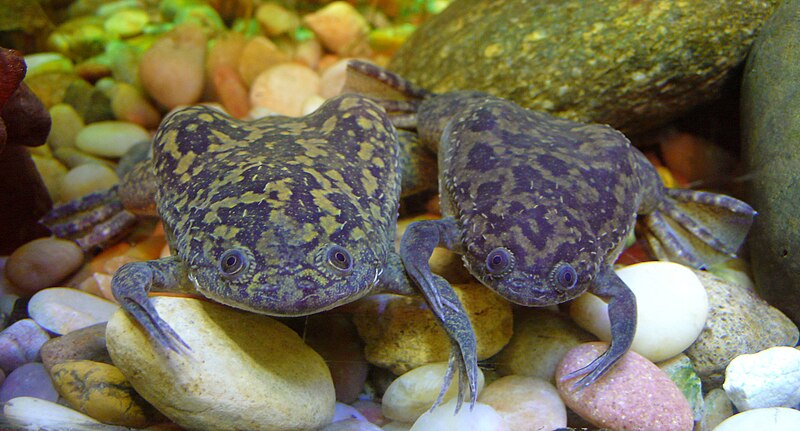 Pickerel Frogs, Lithobates palustris, are “early risers” from winter hibernation and may travel quite far to reach their breeding ponds and summer habitats. As a result, they often become trapped in swimming pools, window wells and other such areas. Each spring I receive a number of requests for information concerning their care and rehabilitation. Often, folks mistake them for the better-known (but often rather scarce) Leopard Frog, Lithobates pipiens.
Pickerel Frogs, Lithobates palustris, are “early risers” from winter hibernation and may travel quite far to reach their breeding ponds and summer habitats. As a result, they often become trapped in swimming pools, window wells and other such areas. Each spring I receive a number of requests for information concerning their care and rehabilitation. Often, folks mistake them for the better-known (but often rather scarce) Leopard Frog, Lithobates pipiens.
Description
The body ranges from tan to greenish-brown in color and is marked with parallel rows of “almost square” black spots; a bright yellow or orange patch is present on the inner thighs. Pickerel frogs grow to a length of 2-3.5 inches and are slender in build. Read More »
 That Reptile Blog – Reptile, Amphibian and Exotic Pet Care and Information
That Reptile Blog – Reptile, Amphibian and Exotic Pet Care and Information



